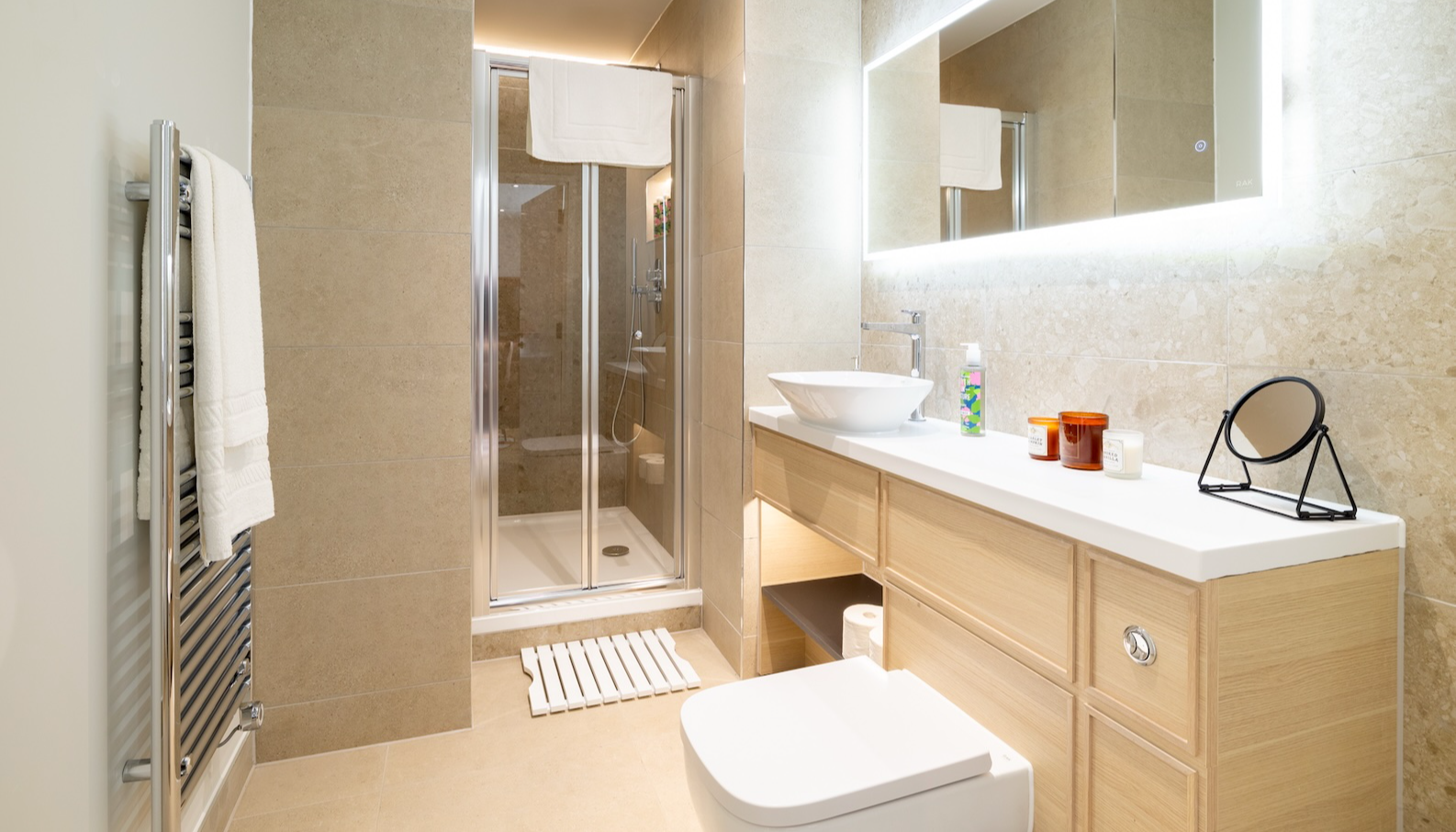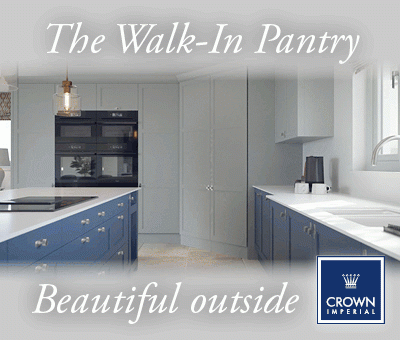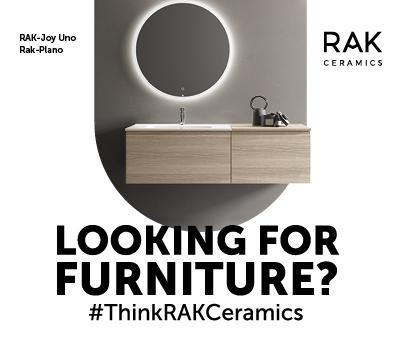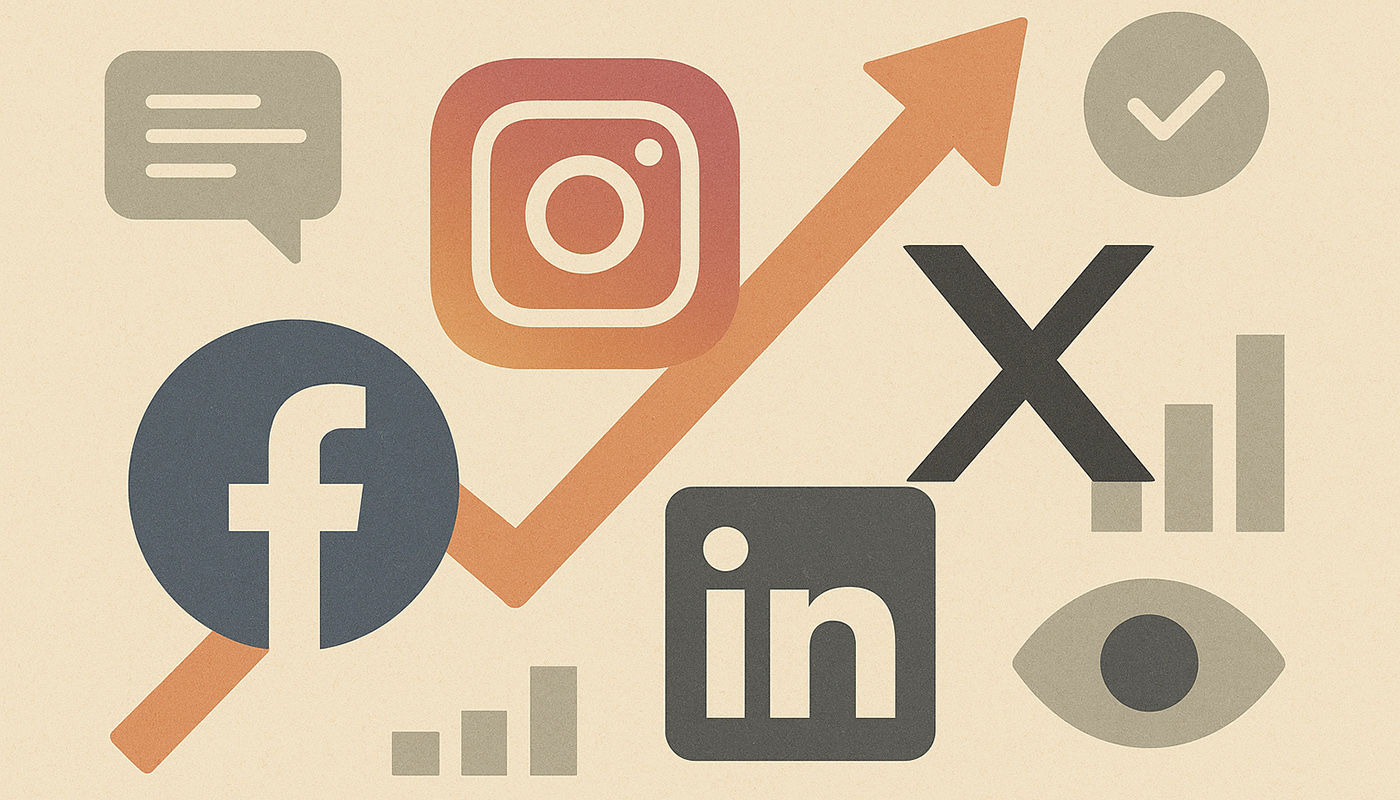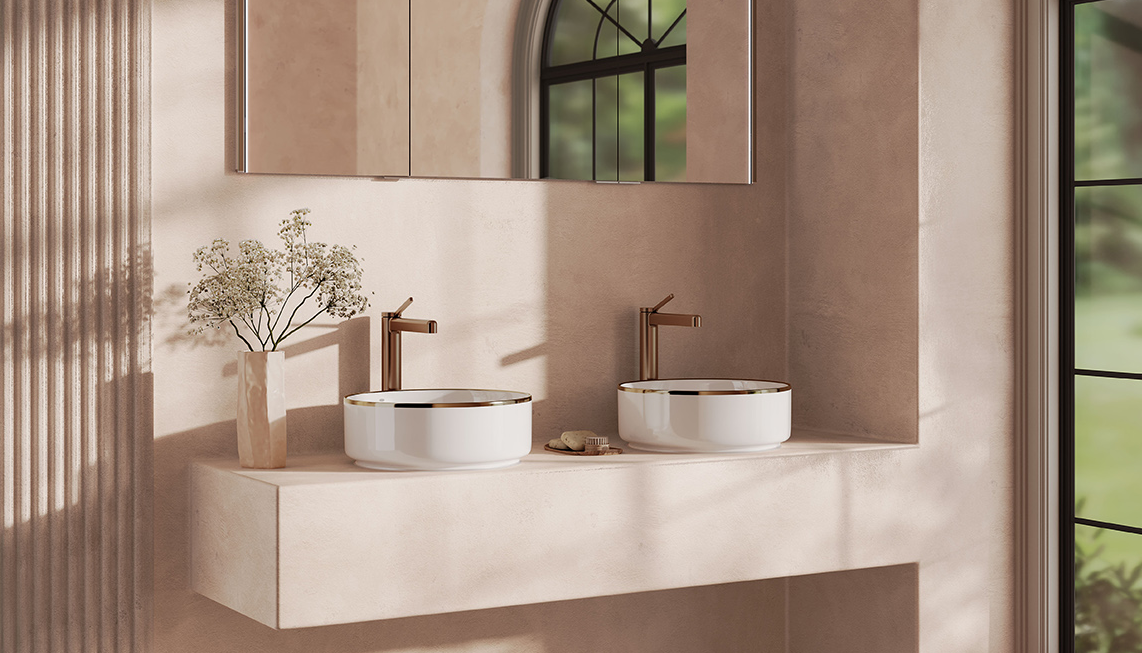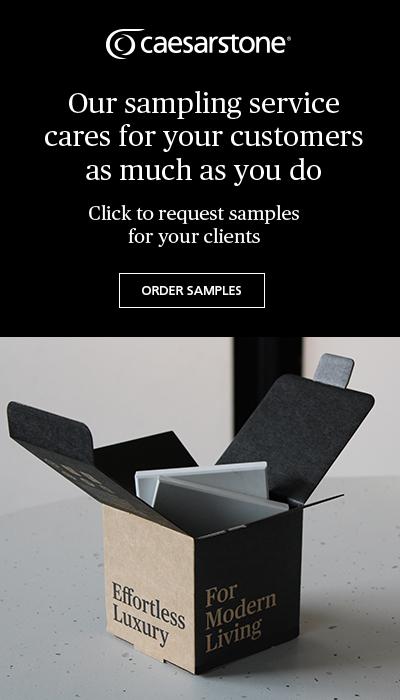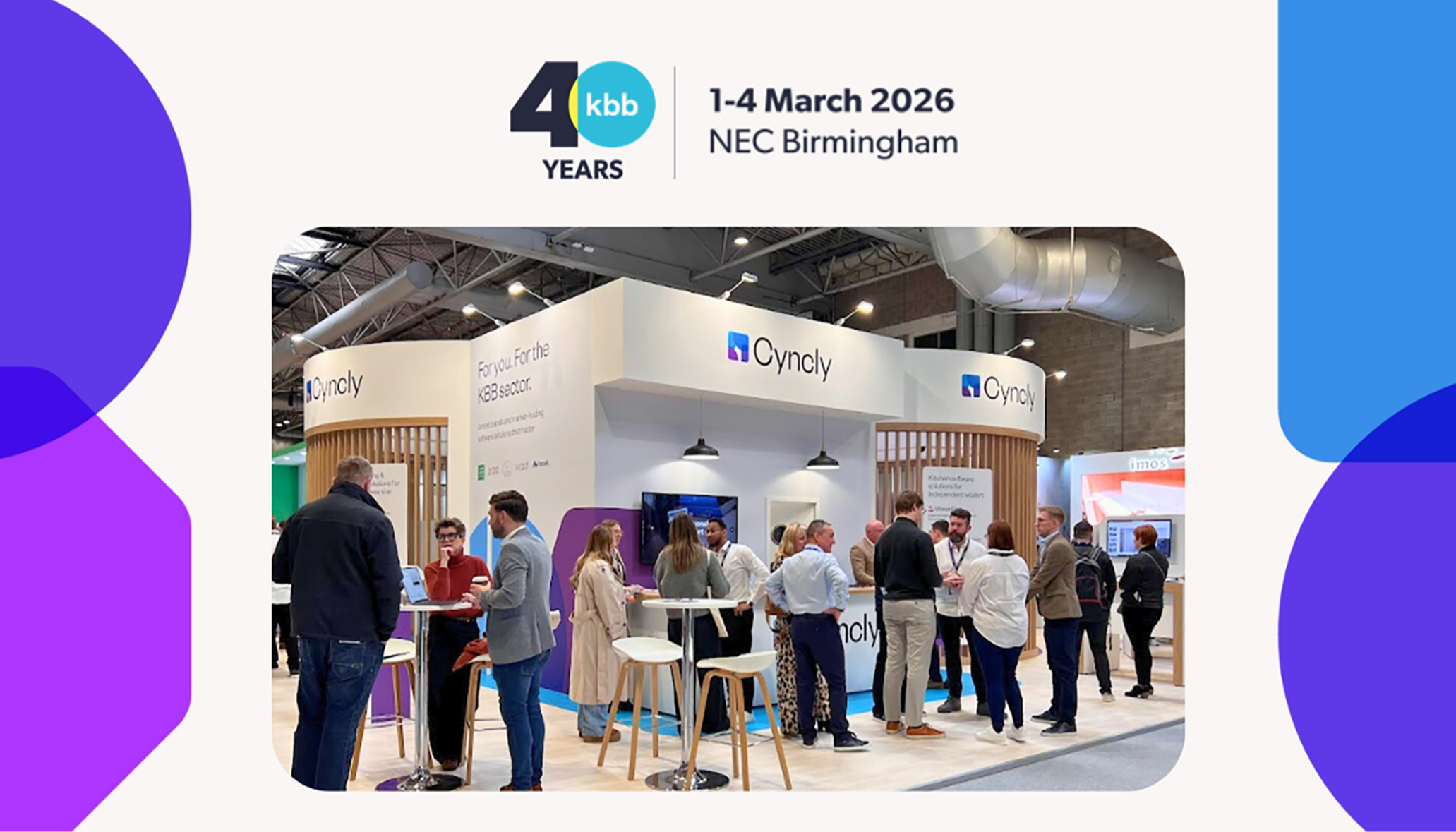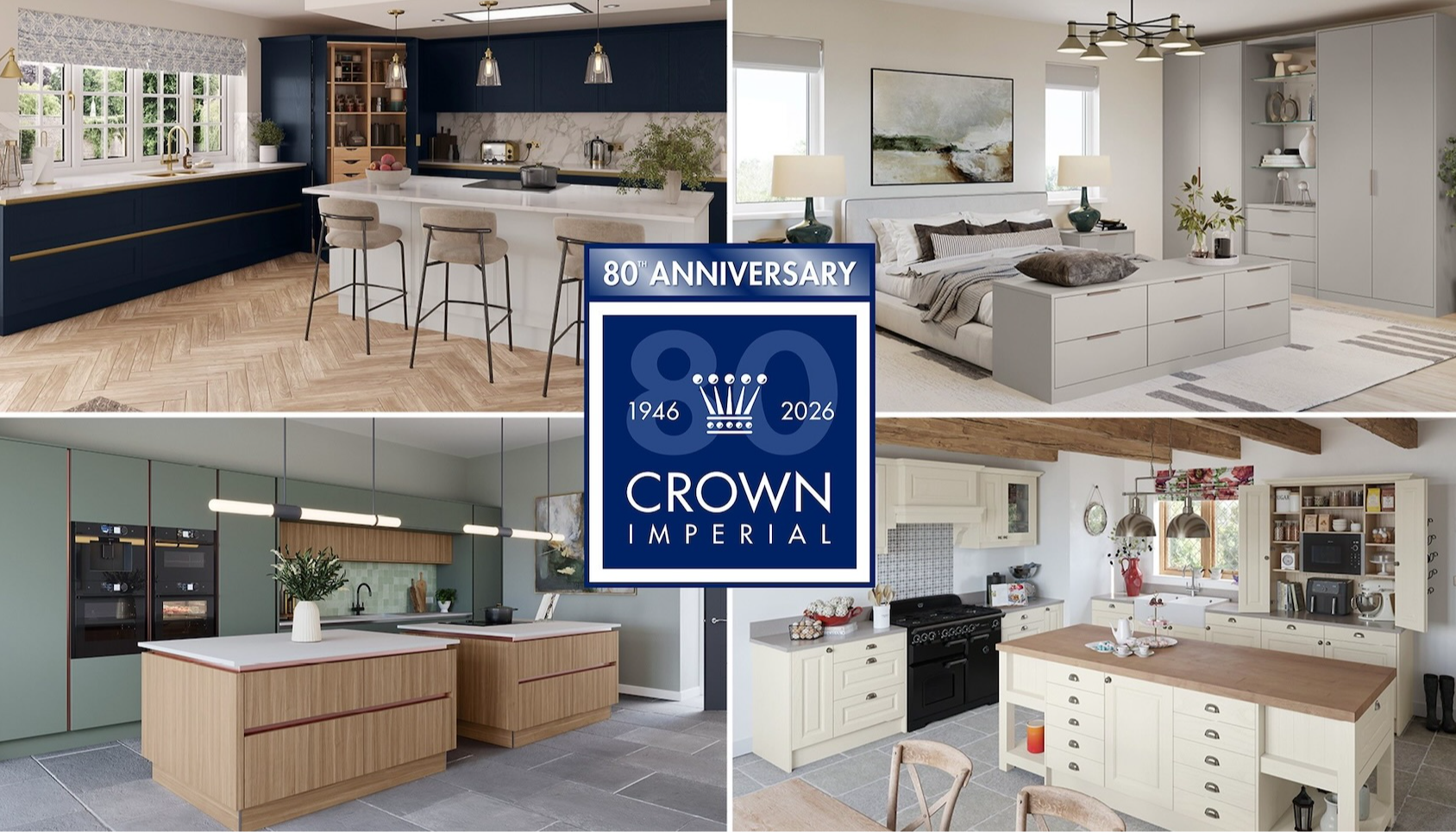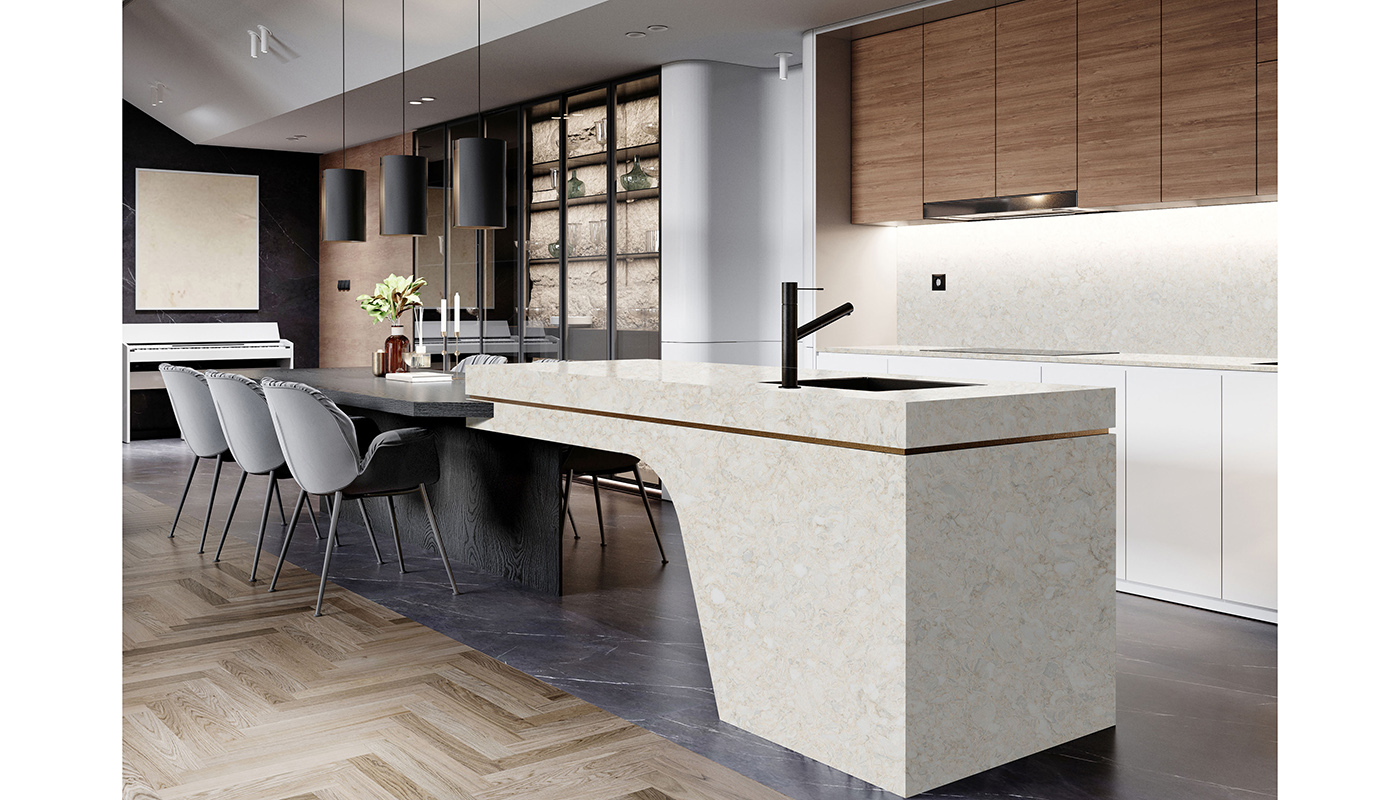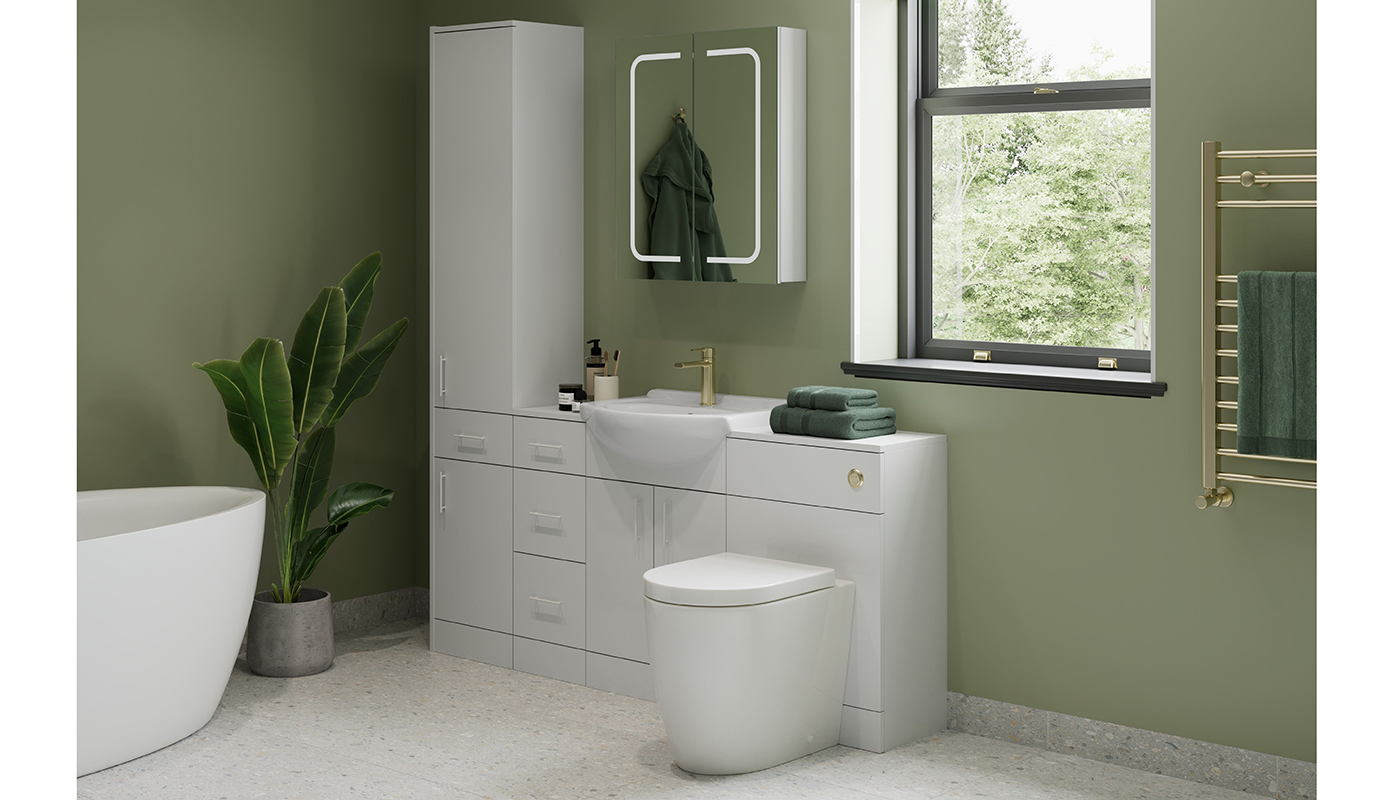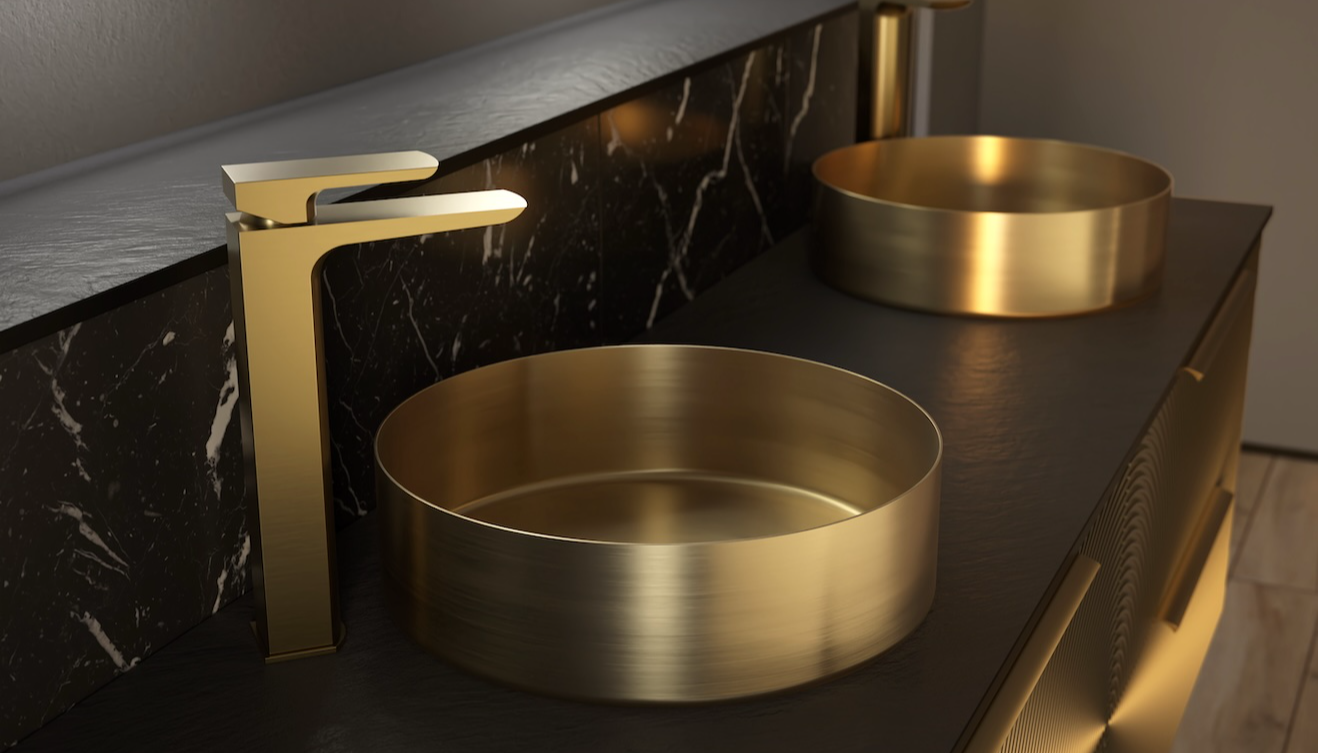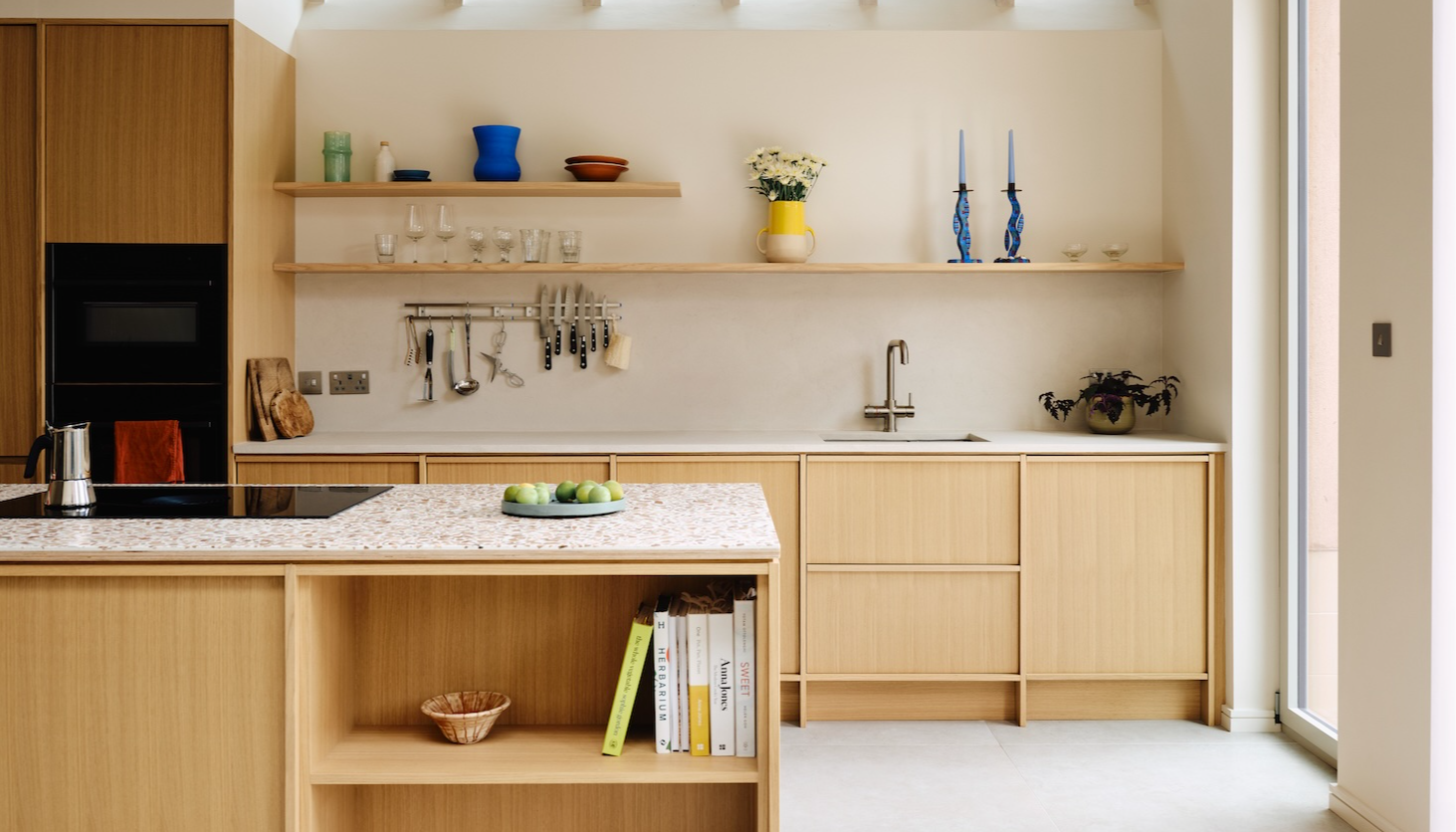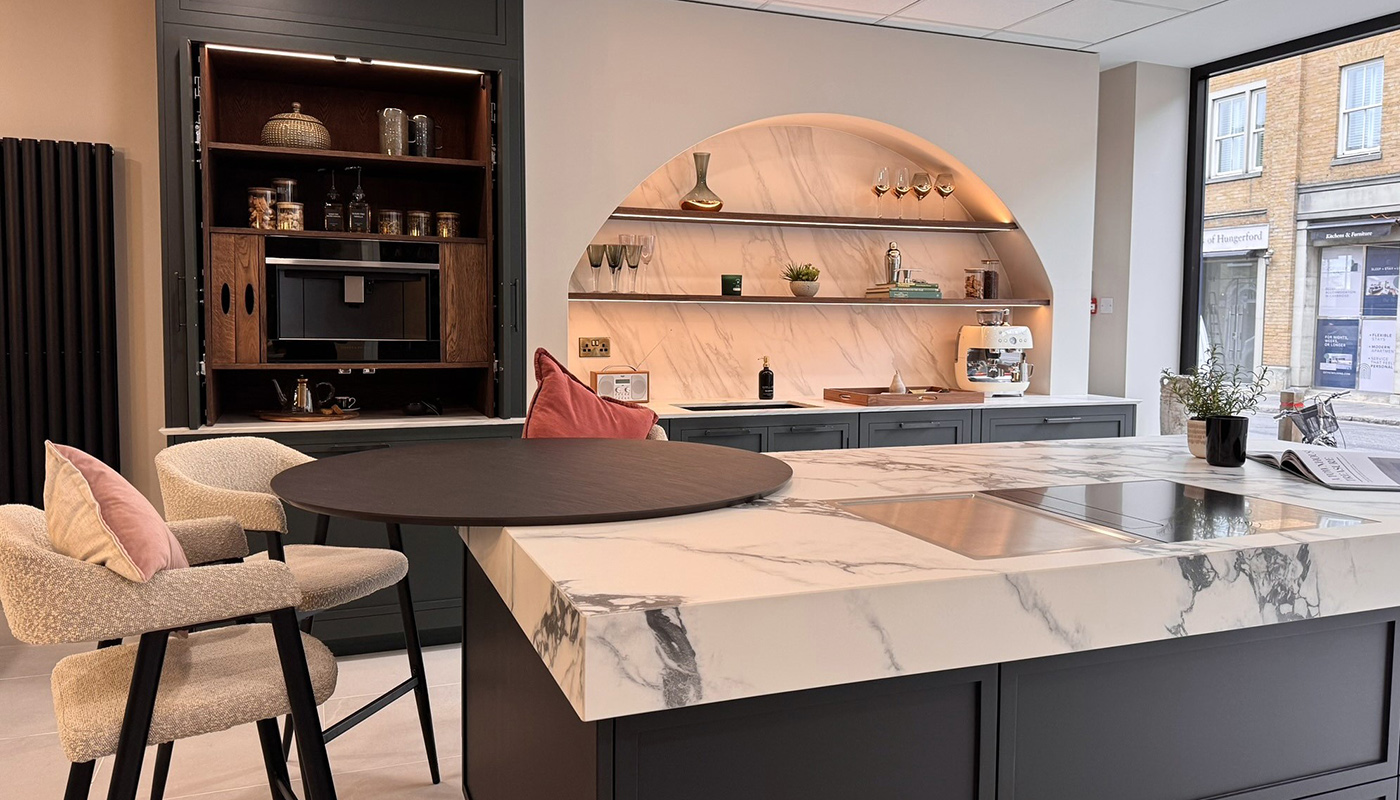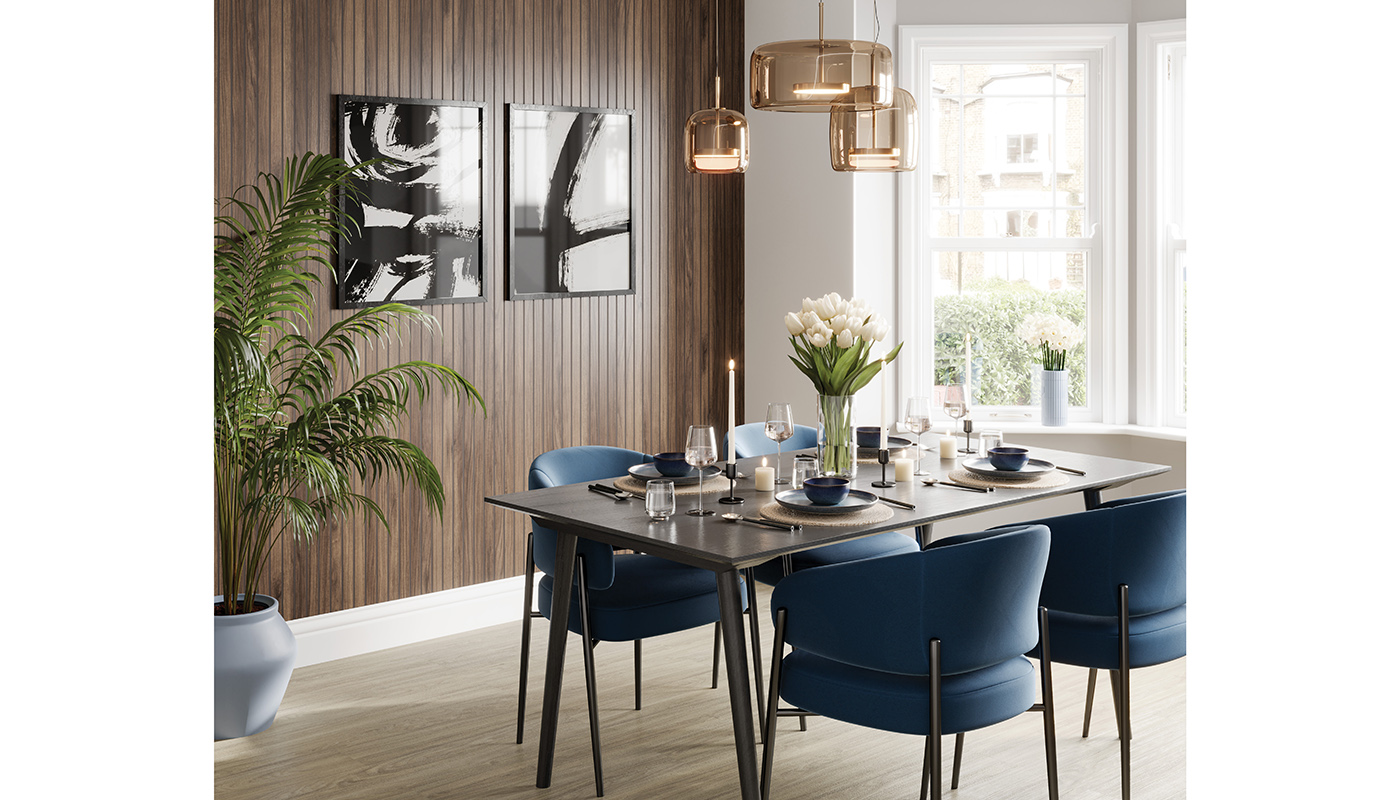Technology focus: 4 ways tech advancements are transforming KBB design
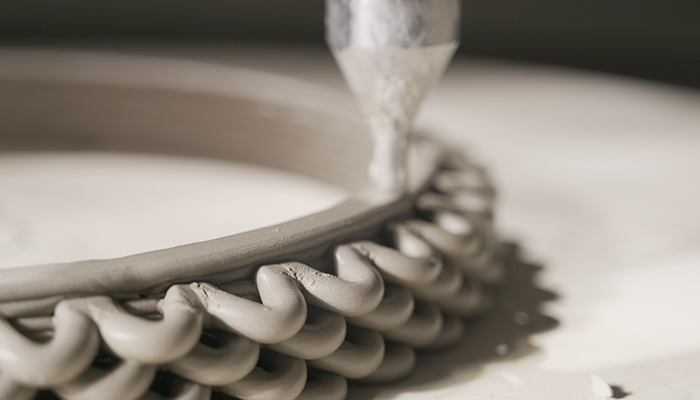
Technology focus: 4 ways tech advancements are transforming KBB design
As designers, business owners and consumers become accustomed to new tools and ways of doing things, Kelly Edwards takes a look at how some of the most revolutionary tech advancements are transforming the kitchen and bathroom design industry.
1. 3D Scanning Creates More Efficient Planning
One of the most influential new tools that has revolutionised efficiency for kitchen and bathroom design professionals is the advent of 3D scanning. Accessible through both purpose-built 3D cameras like those used by Matterport, or software-based solutions that use the regular cameras in a smartphone or tablet, designers can now scan every angle of a bathroom to generate a highly-detailed 3D model, or a more traditional 2D floor plan.
By capturing data from a physical space and reproducing it on compatible design software, designers can begin a new contract by measuring the dimensions of spaces in precise detail. This will allow them to save a lot of time in the initial consultation phase, while also providing a high standard of service to their clients, and giving them an accurate frame of reference they can use to make sure their vision is achievable within their space.
To get a better idea of how 3D scanning works in the field, check out this walk-through of the 3D scanning suite Canvas by architectural designer Joseph Kim.
2. Virtual and Augmented Reality
An aspect of technology that is poised to change the way we think about kitchen and bathroom design is virtual and augmented reality. One of the most difficult parts of bringing any space to life is communicating a design concept in a way that will get clients fully on board. When given 2D sketches or verbal descriptions of what you’re planning for a given space, many will have trouble understanding the nuances of your intentions, and how this fits into their vision for a bathroom or kitchen.
The technological niche of virtual reality and augmented reality (VR and AR), offers elegant solutions to this age-old problem faced by designers. Using realistic 3D graphics projected onto real-world rooms using smartphones, or more immersive virtual tours around kitchens and bathrooms using virtual reality headsets, clients can get a more accurate feel for what their spaces will look like if they decide to go in a certain direction with their design.
Furthermore, with the intuitive tools used to create these virtual projections, clients can make tweaks to their design concepts on the fly, helping designers to get a clearer idea of what they’re looking for, and better directing the process towards a solution that works.
3. 3D Printing
3D printing has seen the widest adoption in B2B product design and prototyping niches, but forward-thinking players in the kitchen and bathroom design industry have also been harnessing this technology in some truly intriguing ways. We saw at ISH 2023 how RAK Ceramics was proposing incorporating 3D printing technology in its ceramic basin production (main image).
With its unique physical capability to take bold, intricate designs and turn them into a reality in minutes, creatives in the industry are taking on projects that hint at the full potential of 3D printing in various home design niches, such as the unique shape of this faucet by Toronto 3D printing company Custom Prototypes, or the Allure Brilliant Icon 3D mixer, produced with 3D printing technology by Grohe.
However, the ability to build particularly memorable room features isn’t the only thing that 3D printing has in store for bathroom and kitchen design. With 3D printing’s unique potential to rapidly turn creative concepts into real objects, it’s thought that in the future we could see more designers using the technology for rapid design proposals.
This involves discussing the concept for a particular feature of a space – for example a tile shape, a shelving bracket, or a wall hook, and producing a physical prototype version for a client so they can mull over whether or not it’s right for their space. In the same vein as virtual and augmented reality graphics, this can give clients a more realistic feel for how certain design conventions will fit into their spaces, and help them make a decision on whether or not it’s right for them before they proceed.
4. The Internet of Things and Smart Home Design
The Internet of Things (IoT) has spent the last decade or so changing standards within almost every business niche you can name. Retailers are now able to accept card payments with seamless communication to their inventory management systems, while those in the construction industry have been able to project and avoid logistical discrepancies.
More recently, IoT technology has broken into the consumer space by giving people the opportunity to build 'smart homes' which leverage technology for a more comfortable and convenient domestic life. The emerging niche of smart appliances can allow people to set cooking times for their meals without ever entering the kitchen. Recent years have also seen a rise in smart mirrors – bathroom mirrors that double as smart devices, and allow people to interact with their favourite apps during their morning and evening routines.
Though smart home tech is still fairly uncharted territory for many homeowners, it’s expected that the demand for these things will only become more prevalent in the bathroom and kitchen industry, and go a long way towards setting new standards for designers.
Tags: insight, features, technology in design, 3d scanning, virtual reality, augmented reality, 3d printing, internet of things, smart home design, kitchens, bathrooms







